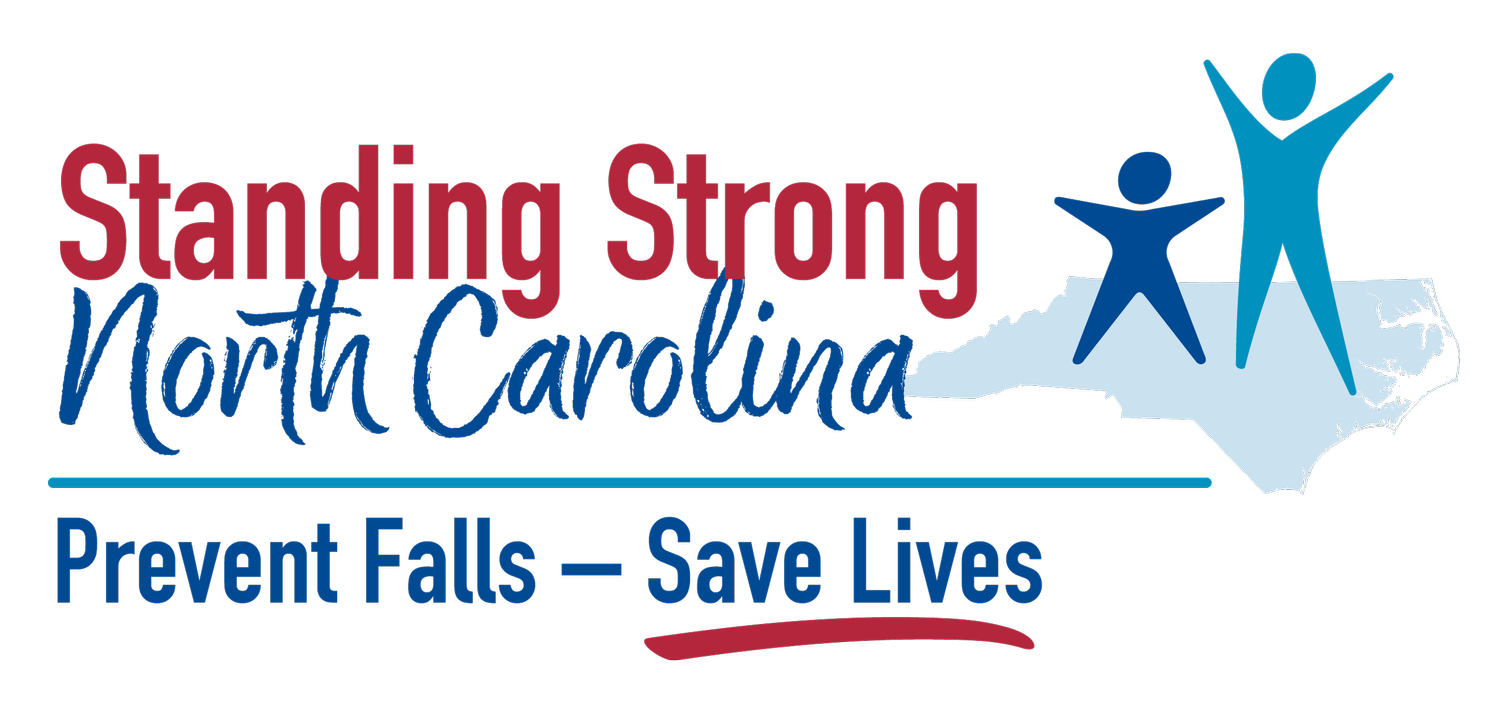Preventing Falls - A Caregiver Perspective
Imagine suddenly finding yourself in a job for which you have no experience, there is no job description and no training program, no guide, and no manager to direct you through the process. That is how I would characterize family caregiving. To say that being a family caregiver is challenging even in the best of circumstances would be an understatement.
Depending on your situation, caregiving typically may involve day-to-day support like bathing, dressing, meal preparation, finance management, medical care, and emotional comfort. If that were not enough, add the responsibility for safety.
Older family members who are unable to care for themselves due to illness, disability, or age-related conditions are prone to falls. Including falls prevention strategies into daily care is crucial for ensuring their safety and well-being. Most caregivers have their hands full. When faced with day-to-day responsibilities, it is hard to take time to sit down and research how to prevent falls. How can we help caregivers get the information they need? What information or resources do they need? How should this information be distributed? Community organizations, the primary care provider office or other allied health professionals?
My mom was diagnosed with Parkinson’s Disease many years ago. Despite efforts to reduce household hazards, she fell. Oddly enough, what I have learned about prevention has been a reevaluation of how my mom fell and what could have been done differently.
Discuss the risk of falls
The desire of older adults to remain independent is a force to reckon with, regardless of their limitations. Resist the urge to tell them what they can and cannot do, but absolutely have a conversation about the risks of falling – standing on a stool or chair or reaching for things on a high shelf. It will be unpopular. The upside – it will be less contentious than a conversation about giving up the car keys.
Seek out health professionals such as a physical therapist (PT) who can evaluate balance and strength issues that may contribute to instability. Although it is more common for a PT to be employed during the rehabilitation of a fall, their expertise can be invaluable in falls prevention. Getting a personalized exercise program can go a long way to improving balance and strength. After my mom fell, PT home visits were critical to her recovery. It always made sense to me that PT should be consulted as a prevention strategy. Visit this page to see how to work with a PT. You may also want to see if an Occupational Therapist can help.
Encourage the use of a cane or walker.
Be sure the height is adjusted to support good posture. Buying these items from a local vendor is preferable so that there is an experienced professional to properly adjust. If you buy online, be sure to adjust it.
Connect with the NC Assistive Technology Program for resources and tips.
Establish an Emergency Plan: Have a plan in place for what to do in case of a fall. Perhaps enlist a neighbor or friend who lives close by to help. If emergency services are needed, how will they be contacted-- landline, cell phone or medical assist device.
The family caregiver community has grown significantly and become a critical part of the care management team for older adults. Education and resources to help caregivers proactively address falls risk is an important step in prevention and reducing severe injury.
Looking for more resources and support? Check out the links below!
Standing Strong NC- Exercise Resources
Standing Strong NC- Home Safety Checklist
National Council on Aging: Falls Prevention Conversation Guide for Caregivers
Tips to talk about falls with family and friends
Ask your local Area Agency on Aging about the NC Family Caregiver Support Program or if they offer the program: Powerful Tools for Caregivers
By Gina Becherer, Family Caregiver, NC Falls Prevention Coalition - Steering Committee Member



